Home>Furniture & Design>Interior Design Trends>What Does The Breaking Of The Glass Symbolize
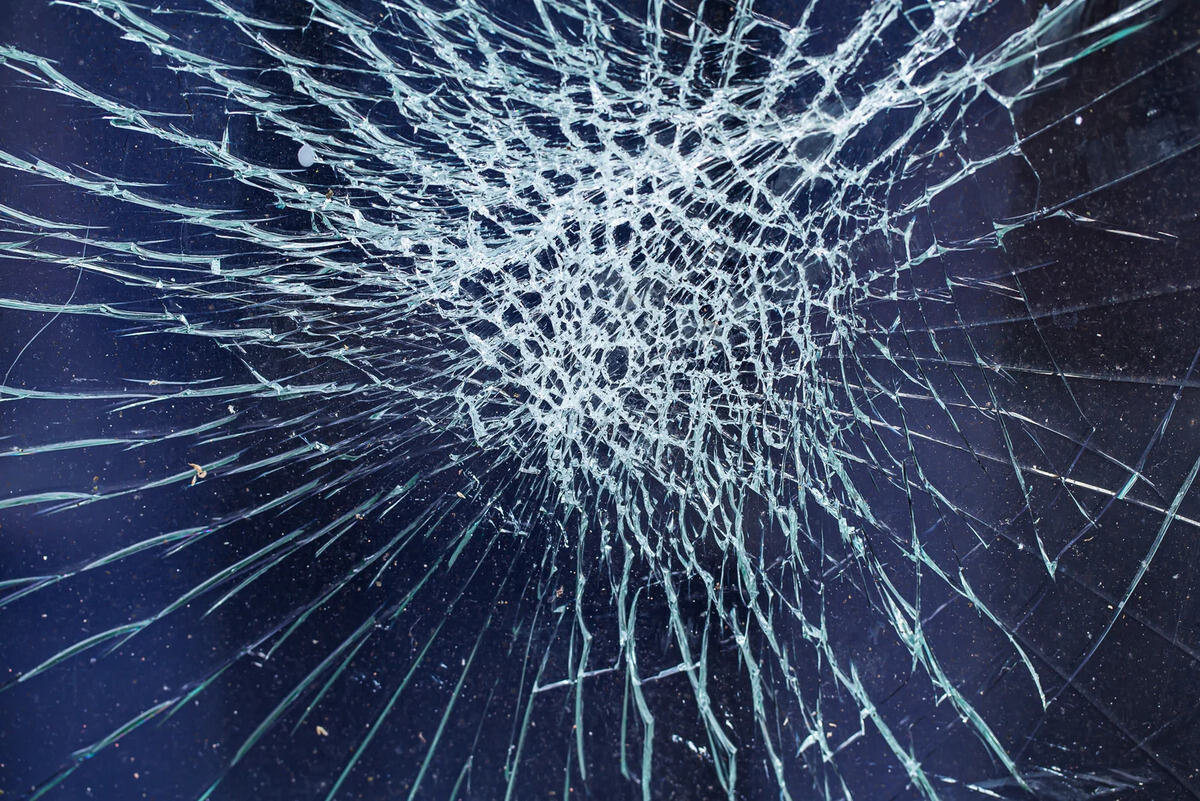

Interior Design Trends
What Does The Breaking Of The Glass Symbolize
Published: February 3, 2024
Discover the significance of the breaking of the glass in Jewish wedding ceremonies and its impact on interior design trends. Explore the symbolism and its influence on modern decor.
(Many of the links in this article redirect to a specific reviewed product. Your purchase of these products through affiliate links helps to generate commission for Storables.com, at no extra cost. Learn more)
Introduction
The breaking of the glass is a tradition deeply rooted in various cultural and religious ceremonies, often associated with weddings. This symbolic act holds significant meaning and has been passed down through generations, transcending time and geographical boundaries. Understanding the origins and symbolism of this ritual provides insight into the rich tapestry of traditions that shape our diverse cultural landscape. In this article, we will delve into the historical background, symbolism, and modern interpretations of the breaking of the glass, shedding light on its profound significance in different cultural and religious contexts.
Key Takeaways:
- The breaking of the glass symbolizes the fragility and resilience of human relationships, marking the transition from one phase of life to another, and serving as a timeless emblem of hope and perseverance.
- This tradition transcends cultural and religious boundaries, uniting people in a shared understanding of life’s profound complexities, and reflecting the enduring power of love, unity, and the human spirit.
Read more: What Frequency Does Glass Break
Historical Background of the Tradition
The tradition of breaking the glass holds a rich historical significance, with its origins tracing back to multiple cultural and religious practices. One of the earliest recorded instances of this ritual can be found in Jewish wedding ceremonies, where it symbolizes the destruction of the Second Temple in Jerusalem in 70 CE. This solemn act serves as a poignant reminder of the enduring connection to the land of Israel and the collective yearning for the restoration of Jerusalem. The breaking of the glass also signifies the fragility of human relationships and the commitment to cherish and protect the sanctity of marriage.
In addition to its Jewish roots, the tradition of breaking the glass has been embraced by other cultures and faiths, each infusing it with their unique interpretations and customs. In some cultures, the shattered glass is believed to ward off evil spirits, while in others, it symbolizes the irreversible nature of certain life events. The act of breaking the glass transcends religious boundaries, resonating with people from diverse backgrounds and belief systems.
Throughout history, the breaking of the glass has evolved to encompass a broader spectrum of meanings, reflecting the complexities of human experiences and emotions. Its symbolism extends beyond weddings, finding resonance in various rites of passage and ceremonial occasions. This enduring tradition serves as a testament to the enduring power of rituals in uniting communities and preserving cultural heritage.
As the tradition continues to endure and evolve, it remains a poignant symbol of hope, resilience, and the enduring human spirit. The historical significance of the breaking of the glass underscores its timeless relevance and enduring impact on the tapestry of human traditions.
The historical background of the tradition of breaking the glass offers a glimpse into the interconnectedness of diverse cultural practices and the universal themes that bind humanity together. This ritual serves as a bridge between the past and the present, carrying forward the collective wisdom and experiences of generations past, enriching our lives with its profound symbolism and timeless significance.
Symbolism of the Breaking of the Glass
The breaking of the glass holds profound symbolism, encapsulating a myriad of interpretations that resonate across cultures and traditions. At its core, this ritual embodies the fragility and resilience of the human experience, serving as a poignant metaphor for the complexities of life and love. The shattering of the glass symbolizes the irrevocable transformation that occurs in significant moments, marking the transition from one phase of life to another.
In the context of weddings, the breaking of the glass represents the profound impact of the union between two individuals. As the groom shatters the glass underfoot, it signifies the breaking down of barriers and the merging of two lives into a singular, interconnected journey. The scattered shards of glass evoke the idea of scattered pieces coming together to form a new whole, reflecting the transformative power of love and unity.
Furthermore, the act of breaking the glass serves as a poignant reminder of the impermanence of life and the need to cherish every fleeting moment. It underscores the bittersweet nature of existence, where joy and sorrow intertwine, and where every beginning is intertwined with an inevitable end. This duality is encapsulated in the breaking of the glass, as the celebratory atmosphere of the wedding is juxtaposed with the solemnity of the shattered glass, encapsulating the profound depth of human emotions.
In a broader cultural and spiritual context, the breaking of the glass symbolizes the triumph of the human spirit over adversity. It embodies the resilience to endure hardships and emerge stronger, echoing the sentiment that even in moments of brokenness, there exists the potential for renewal and growth. This symbolic gesture transcends the confines of any single tradition, resonating with individuals who find solace in its universal message of hope and perseverance.
The symbolism of the breaking of the glass is multifaceted, encompassing themes of love, transformation, impermanence, and resilience. It serves as a timeless emblem of the human experience, transcending cultural and religious boundaries to unite people in a shared understanding of life's profound complexities. This ritual continues to captivate hearts and minds, weaving its enduring symbolism into the fabric of diverse traditions and ceremonies, enriching the tapestry of human experiences with its profound depth and universal resonance.
The breaking of the glass at a Jewish wedding symbolizes the fragility of life and the commitment to stand by each other even in difficult times. It also represents the destruction of the temple in Jerusalem.
Cultural and Religious Significance
The breaking of the glass holds immense cultural and religious significance, permeating diverse traditions and spiritual practices with its profound symbolism. In Jewish weddings, this ritual is deeply rooted in the rich tapestry of religious customs, symbolizing the historical connection to Jerusalem and the enduring hope for the restoration of the sacred city. The shattered glass serves as a poignant reminder of the collective resilience and unwavering faith of the Jewish people, encapsulating the profound bond between tradition, faith, and the timeless values that shape their cultural identity.
Beyond its Jewish origins, the tradition of breaking the glass has transcended religious boundaries, finding resonance in various cultural ceremonies and rites of passage. In some cultures, the shattered glass is believed to ward off malevolent spirits, serving as a protective symbol imbued with ancient folklore and superstitions. This cultural significance underscores the universal human inclination to seek protection and blessings in moments of transition and celebration, reflecting the enduring power of symbolic rituals to unite communities and safeguard cherished traditions.
Furthermore, the breaking of the glass holds deep religious significance in Hindu and Sikh weddings, where it symbolizes the irreversible nature of certain life events and the transformative power of love and commitment. The act of shattering the glass resonates with the profound spiritual teachings that underpin these traditions, emphasizing the impermanence of material existence and the eternal nature of the soul. This cultural and religious significance infuses the ritual with a transcendent depth, elevating it beyond a mere symbolic gesture to a sacred emblem of spiritual union and divine blessings.
In contemporary ceremonies, the breaking of the glass continues to bridge cultural and religious divides, serving as a unifying symbol that transcends the boundaries of faith and tradition. Its significance extends beyond the confines of specific religious doctrines, resonating with individuals who find solace in its universal message of hope, resilience, and the enduring power of love. This inclusive cultural and religious significance underscores the timeless relevance of the breaking of the glass, enriching the fabric of human experiences with its profound depth and universal resonance.
The cultural and religious significance of the breaking of the glass reflects the enduring impact of symbolic rituals in shaping the collective consciousness of diverse communities. Its profound symbolism serves as a testament to the enduring power of traditions to unite people across cultural and religious spectrums, enriching the human experience with its timeless significance and universal resonance.
Modern Interpretations and Practices
In contemporary times, the tradition of breaking the glass has evolved to encompass a myriad of modern interpretations and practices, reflecting the dynamic tapestry of cultural and personal expressions. While rooted in ancient customs, this ritual has transcended traditional boundaries, finding resonance in diverse ceremonies and celebrations that embrace a spectrum of beliefs and values.
One modern interpretation of the breaking of the glass lies in its symbolism of inclusivity and unity. In weddings that honor LGBTQ+ unions, the breaking of the glass serves as a powerful affirmation of love and commitment, transcending gender and orientation to celebrate the profound bond between individuals. This reinterpretation underscores the evolving nature of traditions, embracing progressive values and inclusivity in the expression of enduring love and partnership.
Moreover, the breaking of the glass has found resonance in secular ceremonies, where it symbolizes the breaking down of barriers and the forging of new beginnings. In non-religious weddings, the shattered glass represents the transformative power of love and the resilience to overcome obstacles, encapsulating the universal themes of hope, renewal, and the enduring spirit of human connection.
In addition, the tradition of breaking the glass has inspired creative reinterpretations in multicultural ceremonies, where couples from diverse backgrounds fuse their respective traditions into a harmonious celebration. This fusion of customs and practices infuses the breaking of the glass with a rich tapestry of cultural expressions, reflecting the beauty of diversity and the unifying power of shared rituals in modern society.
Furthermore, the breaking of the glass has extended beyond wedding ceremonies, finding resonance in various rites of passage and communal celebrations. From milestone anniversaries to cultural festivals, the shattered glass has become a symbol of collective joy and resilience, uniting communities in moments of significance and shared experiences.
As the tradition continues to evolve, individuals and communities have embraced innovative practices, such as using eco-friendly materials for the glass or incorporating personalized elements that reflect the unique journey of the couple. These modern adaptations honor the timeless symbolism of the ritual while embracing contemporary values of sustainability, individuality, and meaningful expression.
The modern interpretations and practices surrounding the breaking of the glass exemplify the enduring relevance of this tradition in contemporary society. Its evolution reflects the dynamic interplay between tradition and innovation, uniting people across diverse backgrounds in the celebration of love, unity, and the enduring power of symbolic rituals.
Read more: What Temperature Does Glass Break
Conclusion
The tradition of breaking the glass stands as a timeless emblem of love, resilience, and the enduring human spirit. From its rich historical roots to its profound symbolism, this ritual transcends cultural and religious boundaries, weaving its enduring significance into the fabric of diverse traditions and ceremonies. The act of shattering the glass encapsulates the complexities of the human experience, symbolizing the transformative power of love, the impermanence of life, and the resilience to endure and emerge stronger.
As we reflect on the historical background of the tradition, we gain a deeper appreciation for the interconnectedness of diverse cultural practices and the universal themes that bind humanity together. The breaking of the glass serves as a bridge between the past and the present, carrying forward the collective wisdom and experiences of generations past, enriching our lives with its profound symbolism and timeless significance.
The symbolism of the breaking of the glass resonates with profound themes of love, transformation, impermanence, and resilience. It serves as a timeless emblem of the human experience, transcending cultural and religious boundaries to unite people in a shared understanding of life's profound complexities. This ritual continues to captivate hearts and minds, weaving its enduring symbolism into the fabric of diverse traditions and ceremonies, enriching the tapestry of human experiences with its profound depth and universal resonance.
The cultural and religious significance of the breaking of the glass reflects the enduring impact of symbolic rituals in shaping the collective consciousness of diverse communities. Its profound symbolism serves as a testament to the enduring power of traditions to unite people across cultural and religious spectrums, enriching the human experience with its timeless significance and universal resonance.
In contemporary times, the tradition of breaking the glass has evolved to encompass a myriad of modern interpretations and practices, reflecting the dynamic tapestry of cultural and personal expressions. This evolution underscores the evolving nature of traditions, embracing progressive values and inclusivity in the expression of enduring love and partnership.
The modern interpretations and practices surrounding the breaking of the glass exemplify the enduring relevance of this tradition in contemporary society. Its evolution reflects the dynamic interplay between tradition and innovation, uniting people across diverse backgrounds in the celebration of love, unity, and the enduring power of symbolic rituals.
In conclusion, the breaking of the glass stands as a testament to the enduring power of tradition, the resilience of the human spirit, and the universal language of love that transcends time, culture, and creed. This timeless ritual continues to weave its profound symbolism into the tapestry of human experiences, uniting people in moments of joy, celebration, and the enduring journey of life and love.
Frequently Asked Questions about What Does The Breaking Of The Glass Symbolize
Was this page helpful?
At Storables.com, we guarantee accurate and reliable information. Our content, validated by Expert Board Contributors, is crafted following stringent Editorial Policies. We're committed to providing you with well-researched, expert-backed insights for all your informational needs.



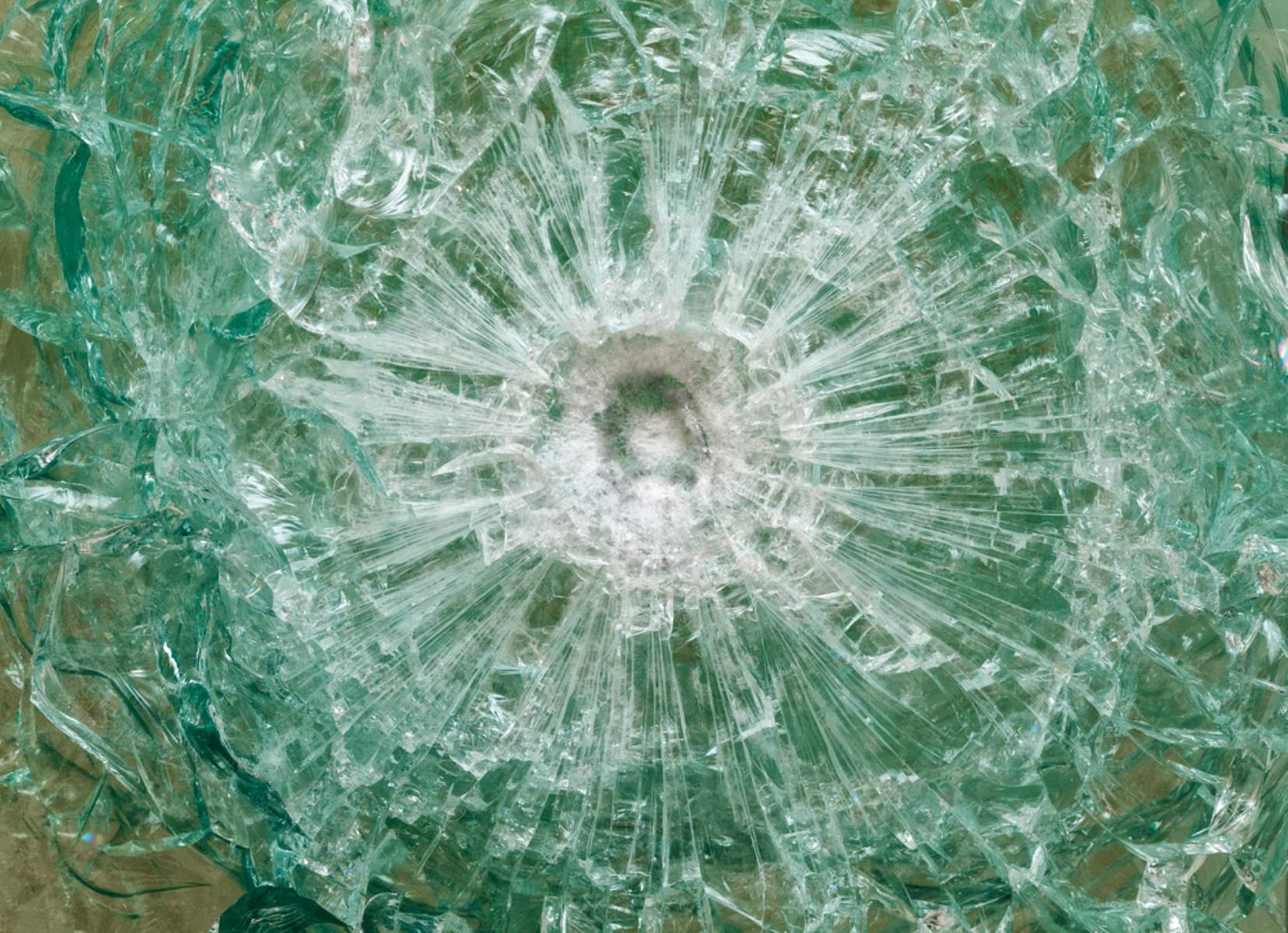
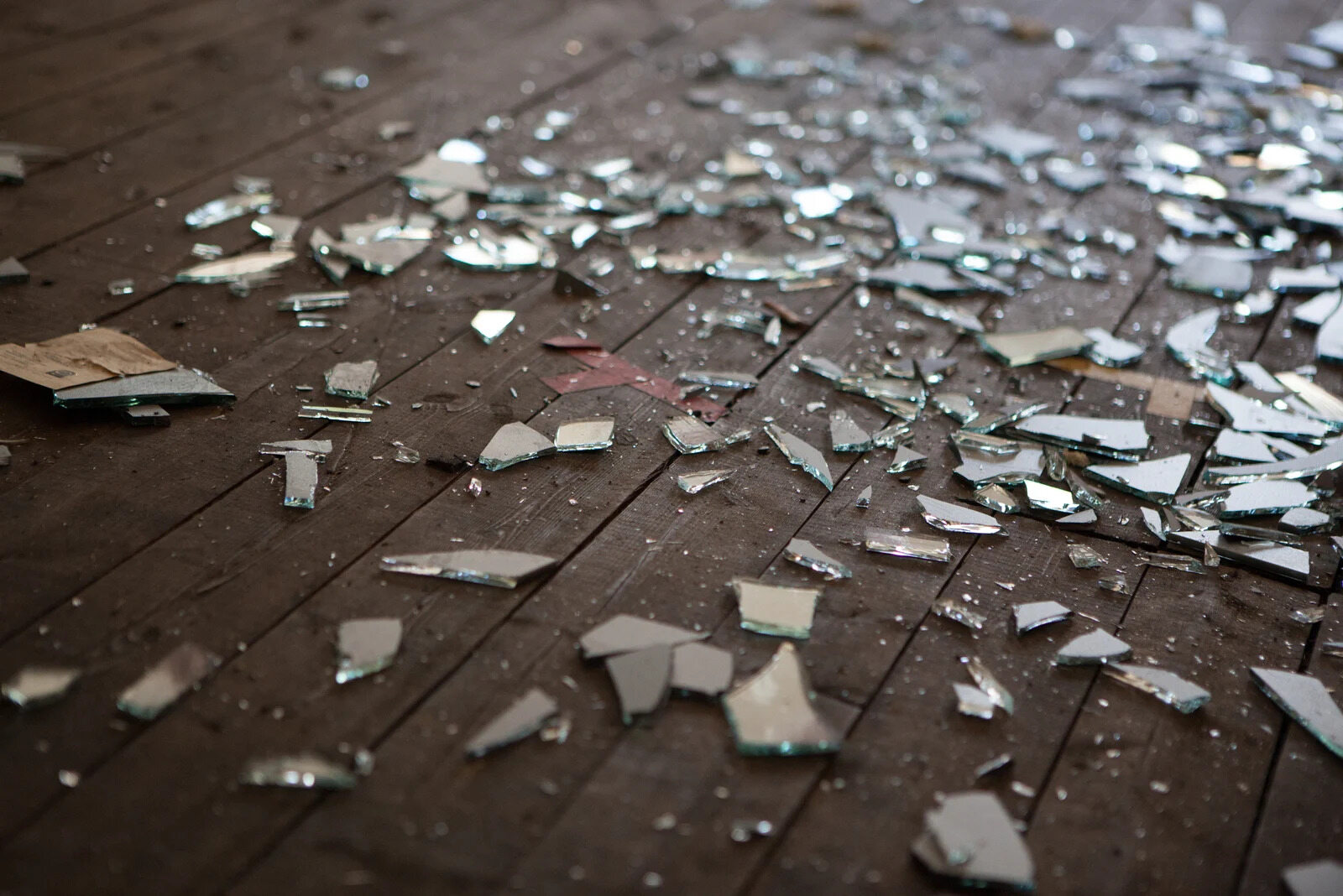




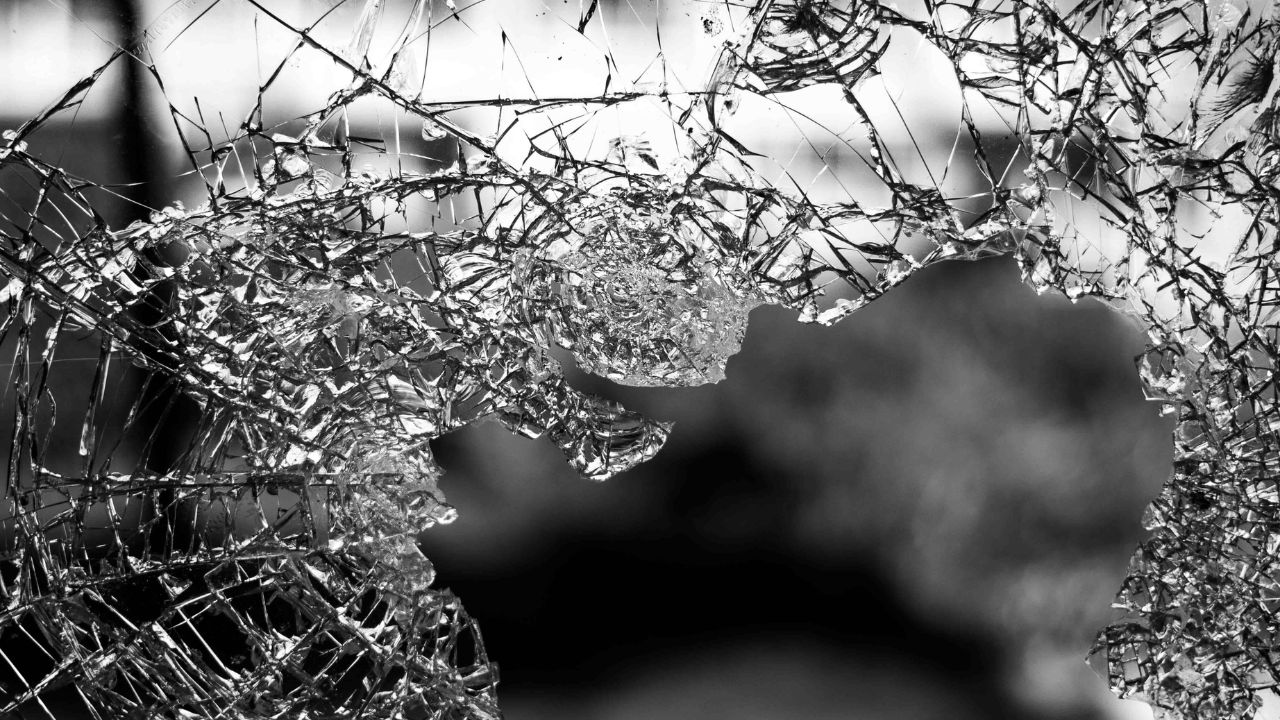
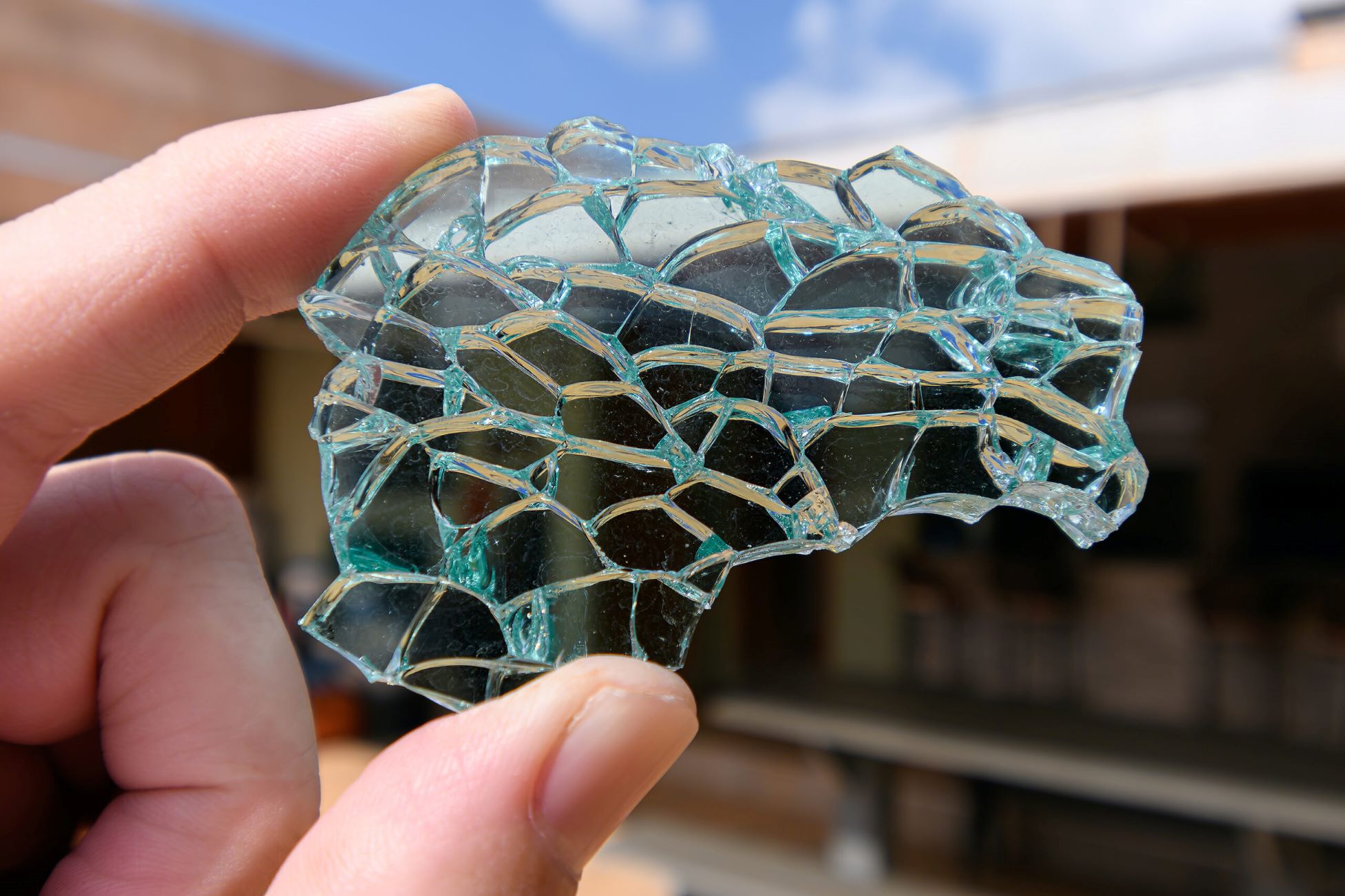




0 thoughts on “What Does The Breaking Of The Glass Symbolize”